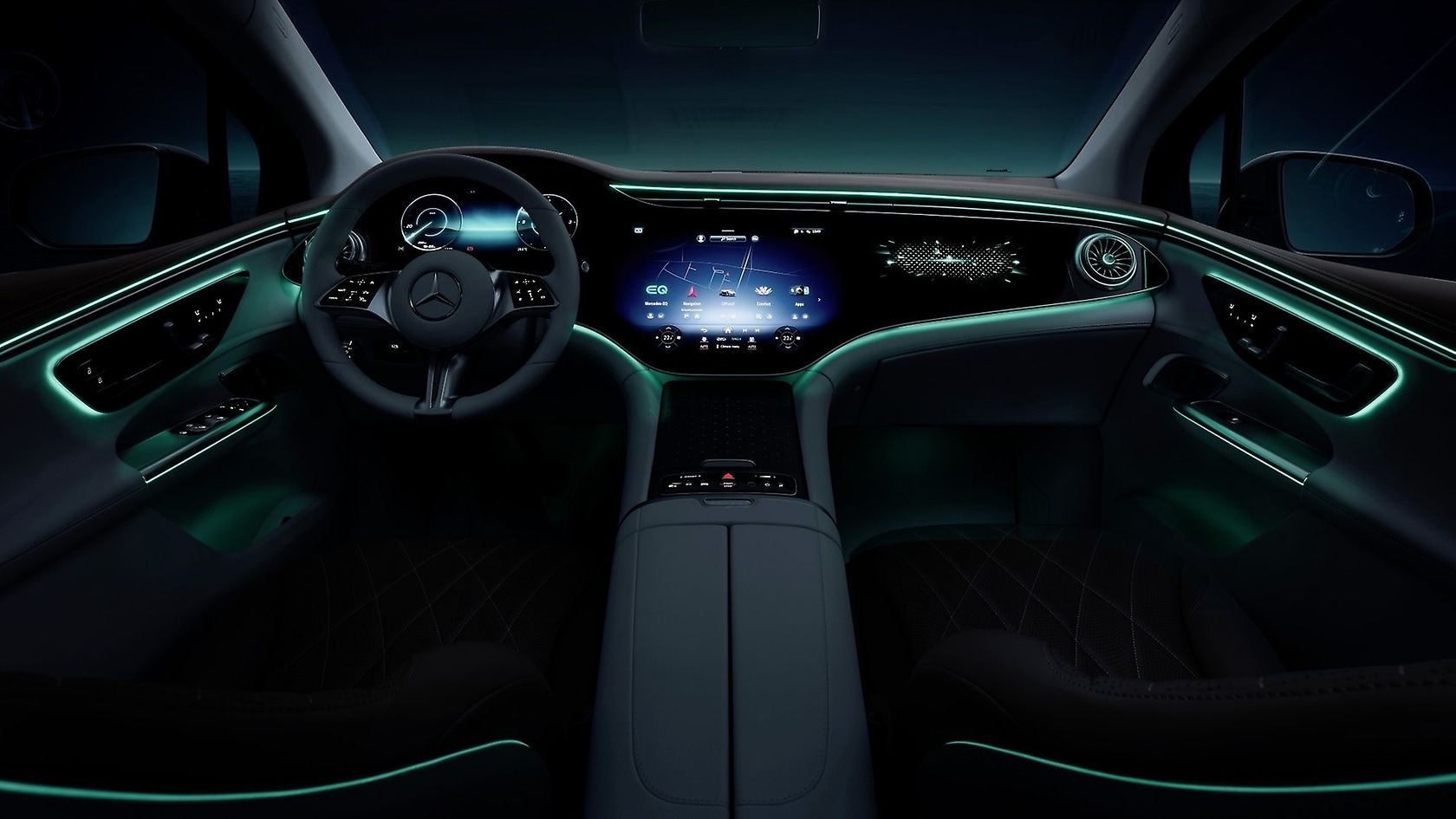October 26, 2022 – Mercedes-Benz Group AG delivered solid financial results in the third quarter of 2022 as robust demand and healthy pricing for cars and vans, as well as cost discipline.
As a result, Earnings Before Interest and Taxes (EBIT) increased by 83% to €5.2 billion (Q3 2021: €2.8 billion). Group revenue increased by 19% to €37.7 billion (Q3 2021: €31.6 billion). The adjusted Return on Sales at Mercedes-Benz Cars reached 14.5% and 12.7% at Mercedes-Benz Vans.
You will find all documents and the recordings of the conference calls in the lower section of this page.
Mercedes-Benz saw robust demand especially for its Top-End and electric vehicles as customer orders exceed the constrained supply in large part due to the ongoing semiconductor shortages and bottlenecks in logistics. As the transformation towards an all-electric future continues, Mercedes-Benz Passenger Car BEV sales more than doubled in the first nine months of the year (+156%) and increased by 183% in the third quarter.

Mercedes-Benz once again delivered solid results thanks to the robust demand for our desirable products. In combination with our ongoing financial discipline, we are making the company more resilient and setting the pace for the months ahead, as we continue accelerating our transformation.
Harald Wilhelm
Member of the Board of Management of Mercedes-Benz Group AG. Finance & Controlling/Mercedes-Benz Mobility

As energy supply uncertainties in Europe and the ongoing COVID challenges in Asia continue to impact consumer sentiment, the company remains vigilant and is preparing to safeguard supply chains and to maximise the potential for reducing or substituting the use of natural gas in vehicle production. Mercedes-Benz continues to see a gas reduction potential of around 50% in Germany if regional pooling is possible. As part of the company’s strategic goal of switching from gas to renewable electricity and other energy sources, Mercedes-Benz unveiled plans to build a wind farm at its test track in Papenburg, northern Germany, with an output of over 100 MW - more than 15% of Mercedes-Benz Group AG’s electricity needs in Germany from the middle of the decade.
Investments, free cash flow, liquidity
The Free Cash Flow of the industrial business amounted to €3.0 billion (Q3 2021: €3.0 billion), impacted by the build-up of inventories as a result of semiconductor bottlenecks, a model-related production ramp-up and logistical bottlenecks. Inventories rose compared to historically low levels last year. The adjusted free cash flow of the industrial business was €3.3 billion (Q3 2021: €3.5 billion). The net liquidity of the industrial business as of September 30 amounted to €23.3 billion (end of 2021: €21.0 billion).
The Group’s investments into property, plant & equipment amounted to €0.8 billion in the third quarter of 2022 (Q3 2021: €1.1 billion). Mercedes-Benz Cars invested €0.7 billion in property, plant & equipment (Q3 2021: €0.8 billion) and Mercedes-Benz Vans invested €0.1 billion (Q3 2021: €0.1 billion). At Group level, research and development expenditure in the third quarter amounted to €2.3 billion (Q3 2021: €2.2 billion).
Divisional results
Mercedes-Benz Cars sales amounted to 530,400 vehicles in the third quarter (Q3 2021: 383,500). Revenue increased by 26% due to strong model mix and pricing, improving the adjusted EBIT by 106%. The adjusted Return on Sales rose to 14.5%.
Sales in the Top-End Luxury segment made up 15% of overall sales in the third quarter, slightly above the prior-year’s level of 78,800 units (+5%). S-Class sales in Q3 were up in all regions except the U.S., where a temporary internal model year certification delay held up deliveries. At AMG, a sales increase (14.5%) was achieved despite a model changeover for the C-Class variant. Sales of Core Luxury vehicles rose by 100,000 units to 293,300 vehicles (Q3 2021: 193,300). The Core Luxury segment includes the EQE, the C-Class and E-Class, as well as the best-selling GLC, which saw a successor vehicle launched in the third quarter with enhanced product substance. The EQE saw 6,000 sales during the quarter, matching the EQS. Electric vehicles had healthy margin quality, including for the EQA and EQB models.
At Mercedes-Benz Vans, third-quarter unit sales reached 104,000 vehicles worldwide (Q3 2021: 88,000) despite semi-conductor shortages. Adjusted EBIT reached €0.5 billion (Q3 2021: €0.2 billion) thanks to continuing strong margin with healthy model mix and net pricing. In the first nine months of the year, Mercedes-Benz Vans increased sales of electric vans by one third compared to the year-earlier period.
In the third quarter of 2022, Mercedes-Benz Mobility reached an adjusted Return on Equity (RoE) of 15.8%. The new business of Mercedes-Benz Mobility declined slightly by 3% to €14.3 billion compared to the prior-year’s quarter. However, the prior-year figure still included the new business from Daimler Trucks & Buses until the spin-off of the Daimler commercial vehicle business. At the end of September 2022, contract volume amounted to €135.7 billion and was thus at the same level as at the end of 2021. Adjusted EBIT decreased to €0.6 billion compared to the prior-year’s quarter, driven by increased credit risk reserves because of a weaker macroeconomic outlook and due to headwinds in the form of increasing interest rates and the lower volume.
This page contains forward-looking statements.


